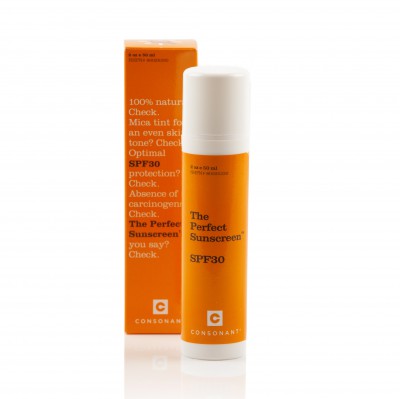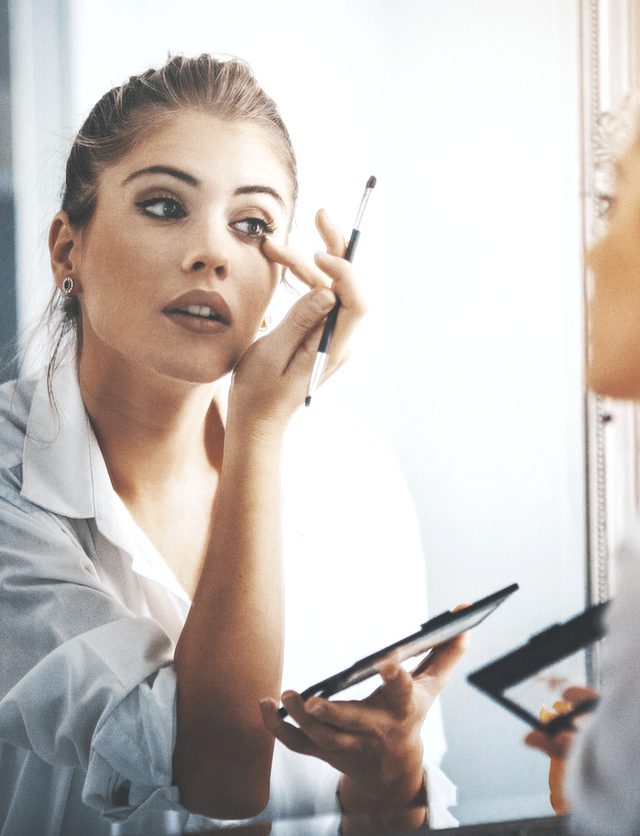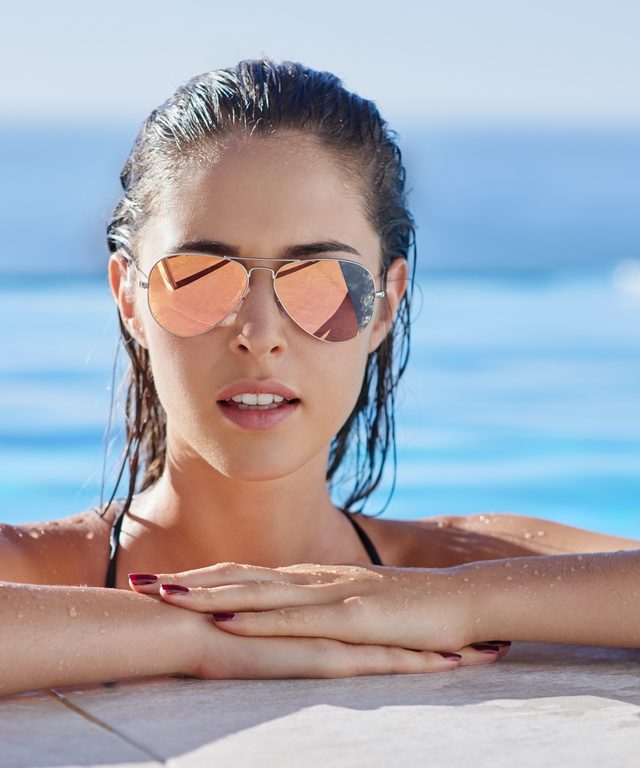If you've found yourself looking at the ingredient lists of your beauty products more and more, and leaning into the green beauty movement, then it's time to take a hard look at your sunscreen choice. We all know how important it is to wear sunscreen every day (seriously, it's so important; If you don't do this, start now), but there are a few things you need to know about your sunscreen choices.
Today, we're focusing on mineral sunscreen, AKA natural sunscreen. What makes it different from other sunscreens? Well, while typical sunscreens use chemical filters (usually a combination of oxybenzone, avobenzone, octisalate, octocrylene, homosalate or octinoxate), to protect your skin from the sun's rays. Mineral sunscreens use zinc oxide and/or titanium dioxide to create a barrier between your skin and the rays.
It used to be that a chemical filter versus a physical barrier was pretty obvious to the eye; zinc oxide or titanium dioxide usually were thicker and left an obvious white film on the skin. Which is probably one of the main reasons why people opted for chemical sunscreens for so long. The good news us, if you prefer not to put chemicals on your skin, mineral sunscreens have come a long way. Many are even formulated to be worn every day under your makeup (which you should be doing anyway)—so say goodbye to thick and greasy and white-toned sunscreen. And far from being a niche or alternative option, even major and mass brands are hopping on the mineral sunscreen bandwagon—so these guys are getting more affordable too.
Here are the formulas we're shopping this spring.












